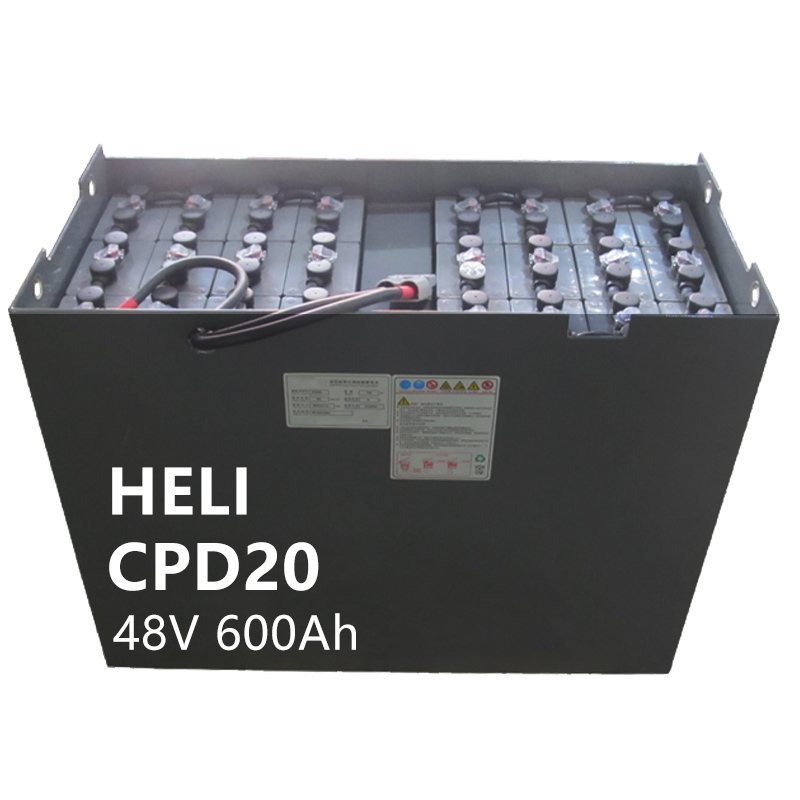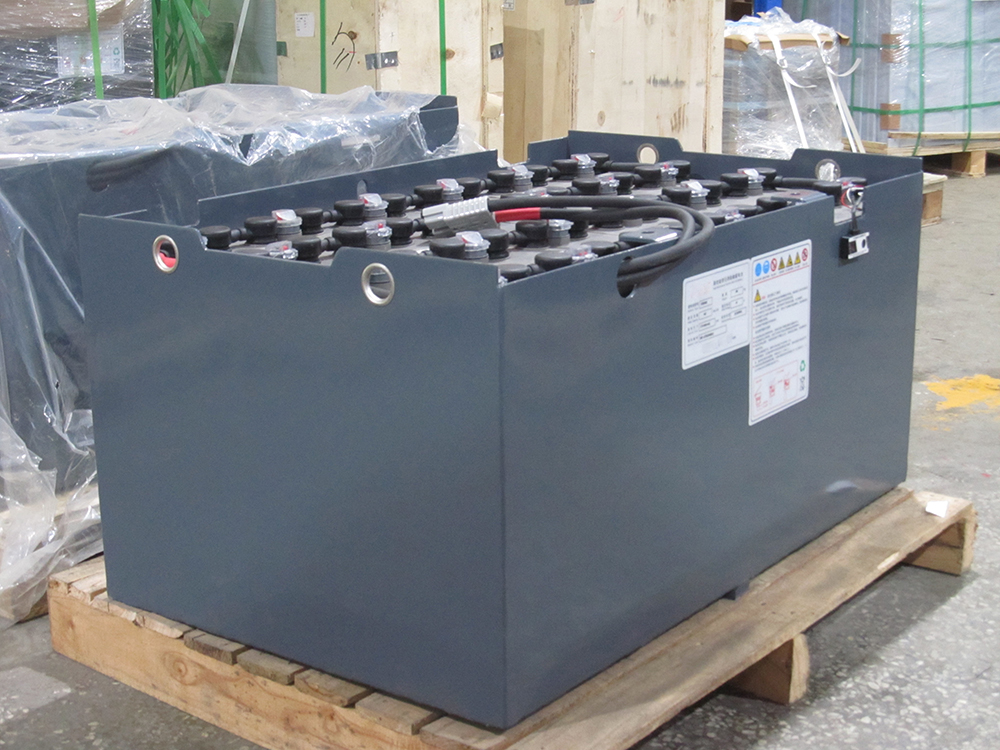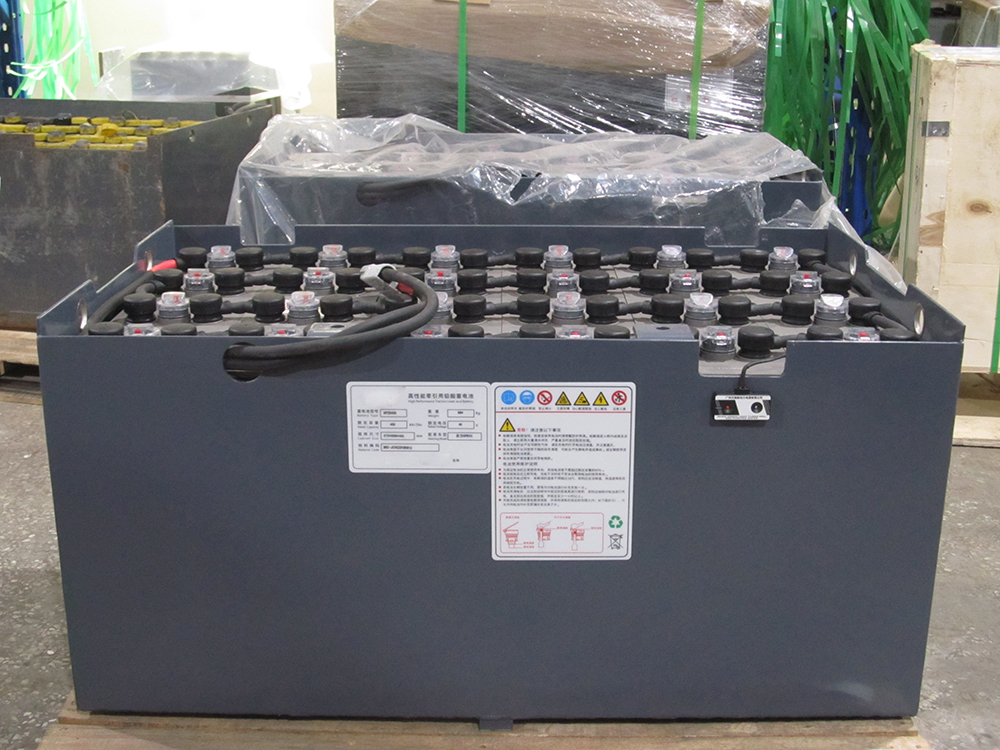In the field of forklifts, batteries are the key energy source, and Heli CPD20 forklift battery charger is the core equipment to ensure efficient battery charging. This article will deeply explore the design principles of Heli CPD20 forklift battery charger, reveal its technological core of smart charging, and provide users with sustained and strong power support.
1. Charger design principle
1.1 Battery charging stage management
Heli CPD20 forklift battery charger adopts advanced battery charging stage management technology. This means that the charger can intelligently determine the charging status of the battery and perform charging at different stages according to the actual conditions of the battery, including initial charging, fast charging and float charging. This multi-stage management helps improve charging efficiency while extending battery life.

1.2 Intelligent charging control
Heli CPD20 charger is equipped with an intelligent charging control system, which can accurately and safely charge the battery. Through high-precision battery voltage, current and temperature monitoring, the charger can adjust charging parameters in real time to ensure the safety and stability of the charging process.
2. Efficient and energy-saving charging technology
2.1 High frequency modulation technology
Heli CPD20 charger uses high-frequency modulation technology to modulate the current through high-frequency pulses to make the current more stable, reduce energy loss, and improve charging efficiency. This technology helps to charge the battery quickly and efficiently while reducing energy consumption during the charging process.
2.2 Battery temperature management
Heli CPD20 charger has a built-in battery temperature management system, which can monitor the battery temperature in real time and adjust the charging power according to temperature changes. In high-temperature environments, the charger will moderately reduce the charging power to prevent the battery from overheating; while in low-temperature environments, the charger will increase the charging power to ensure normal charging of the battery. This intelligent temperature management helps improve charging efficiency while extending battery life.


3. Heli CPD20 forklift battery Safety protection design
3.1 Over-temperature protection
Heli CPD20 charger has over-temperature protection function. When the battery temperature exceeds the set safety range, the charger will automatically stop charging to prevent the battery from overheating and causing safety hazards. This safety protection design effectively reduces risks during the charging process and ensures the safety of the charging process.
3.2 Overcurrent protection
During the charging process, if the battery current increases abnormally, the Heli CPD20 forklift battery charger will quickly activate the overcurrent protection mechanism, cut off the current, prevent the battery from over-discharging, and ensure the safety and stability of the battery.
4. User-friendly operation interface
Heli CPD20 charger is designed with an intuitive and easy-to-understand user interface and is equipped with an LCD screen to display key information such as charging status, current, and voltage. Users can operate through the touch screen, easily set charging parameters, and start charging with one click, which improves user convenience.
The portable battery charging equipment currently sold by our company uses fully functional power ICs and digital logic circuits for sampling control to automatically detect the status of the charged battery. The charger adopts the charging method of „constant current-constant voltage current limiting-constant voltage float charging“ to achieve fully automatic working status, which is especially suitable for unattended workplaces.
The selection of high-quality components ensures the reliability and stability of the product itself, and can significantly extend the service life of the battery; the two primary inputs of the current transformer T2 are connected in series with one input of the AC voltage of the battery charging circuit, and the secondary is connected with the sampling voltage Resistor R2 is connected in parallel. Resistor R2 converts the induced AC charging current into AC voltage and connects it to the two pins of the inverting side of the op amp LM358A.
